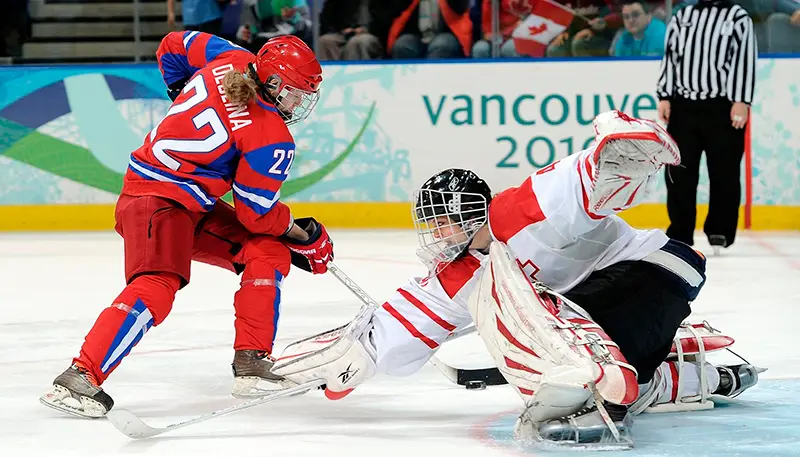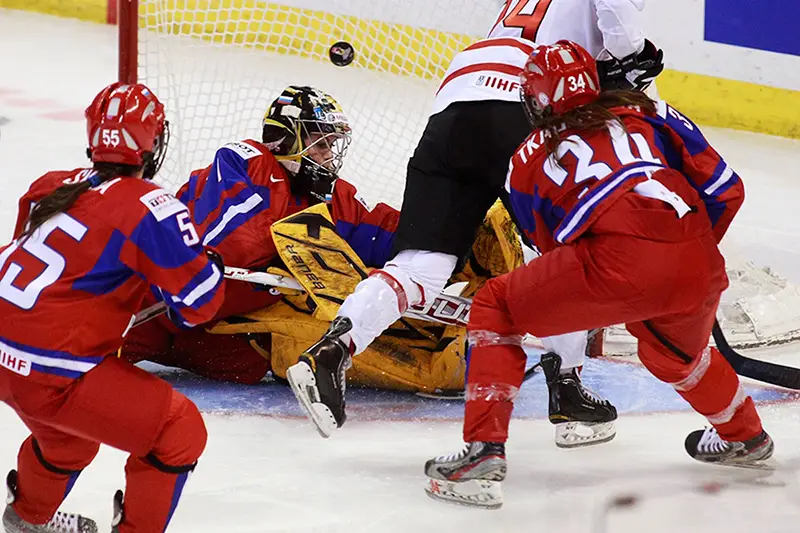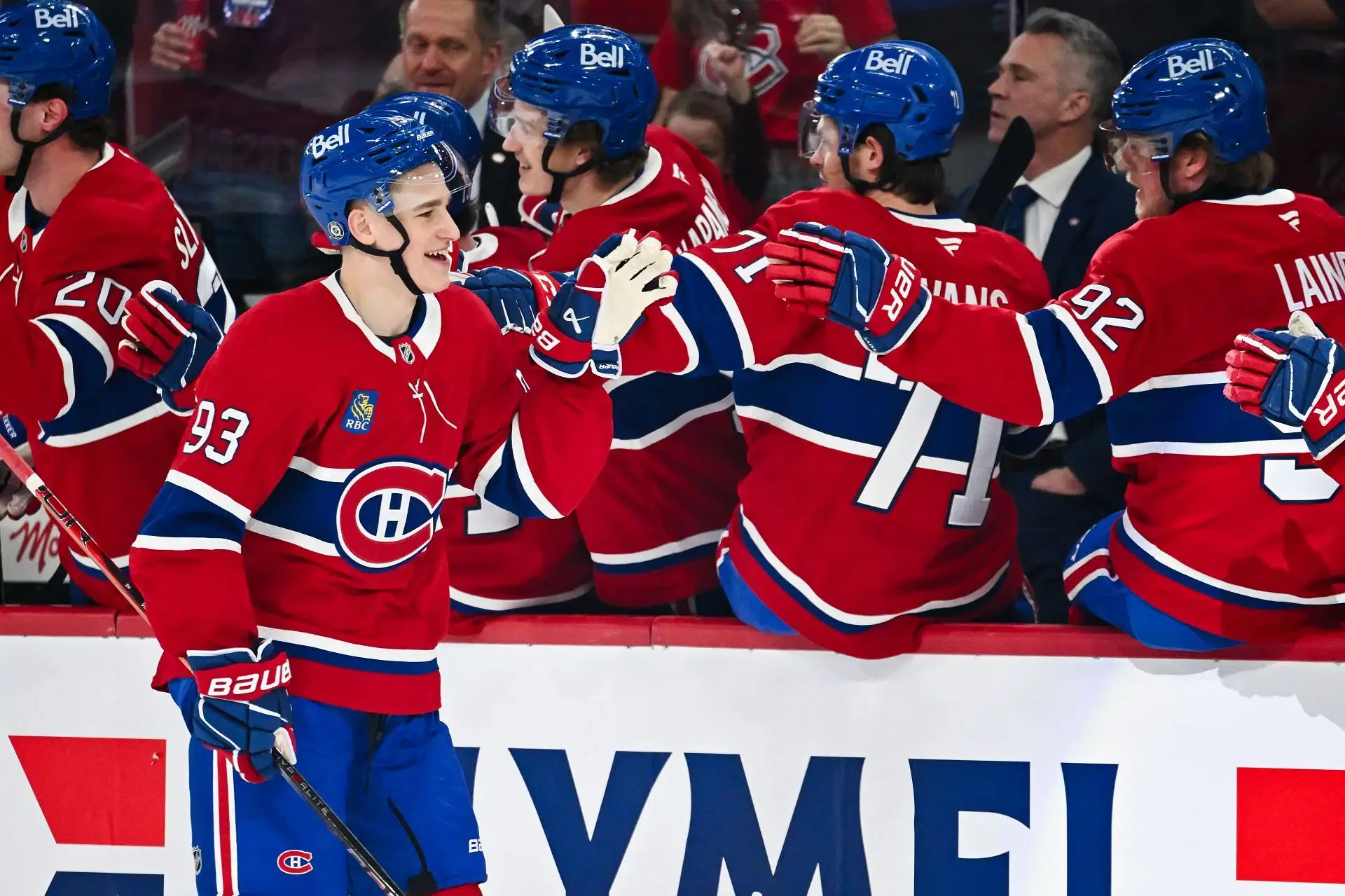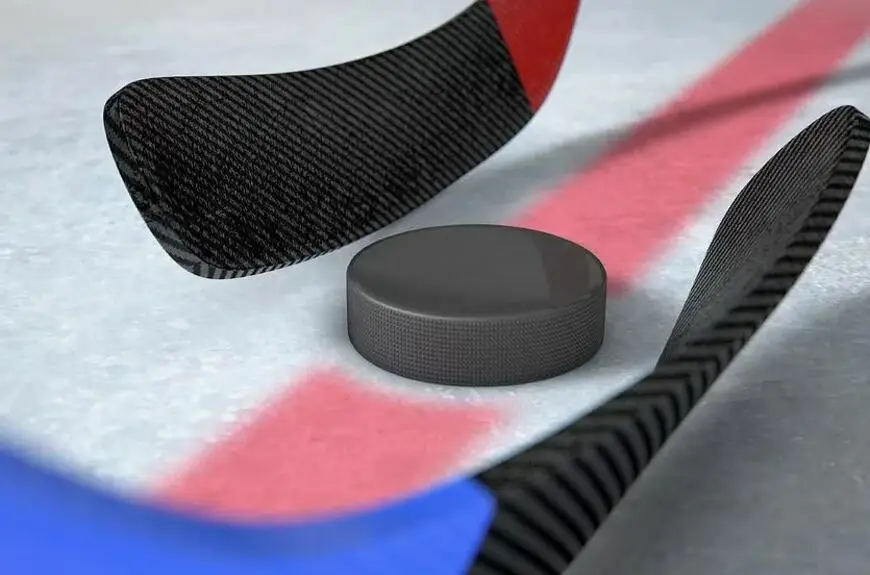The stereotype that hockey is an exclusively male sport has long lost its relevance. Can girls play hockey? Not just can, but should! And it is high time to stop asking this question. Women’s teams are actively developing, and their popularity is only growing. Today there are professional teams, international tournaments are held, and the strongest hockey players sign contracts at the level of men’s leagues. The road to recognition has been a long one. In the early twentieth century, women had to literally break the ice to enter the arena. Now the game is more accessible, but prejudice still occurs.
How women’s hockey has changed, we will analyse in detail in the article. The history of women’s hockey proves that it took a lot of effort to be recognised.
A path through the icy walls of prejudice
Women’s hockey has come a long way, overcoming inhibitions, mistrust and stereotypes. The story begins back in the early 20th century, when the first teams were formed in Canada. In 1916, the first recorded women’s hockey match took place, and a few years later tournaments began to appear. For a long time, girls’ attempts to make a name for themselves were not taken seriously.

In Europe and North America, women hockey players faced resistance: they were not allowed to join sports clubs and competitions were held without official status. It was not until 1990 that the International Ice Hockey Federation (IIHF) held the first official world championship for women’s ice hockey. This was an important milestone in the development of the sport. At the 1998 Olympics, women’s ice hockey was officially recognised, and the national teams began to actively prepare for the games.
In Russia, women’s hockey remained in the shadow of men’s hockey for a long time. Only in 1995 did the first official national team appear, and since 2015 there has been the Women’s Hockey League, which unites the country’s leading clubs. Despite the difficulties, Russian hockey players have achieved serious success, and the popularity of this sport continues to grow.
Differences between women’s and men’s ice hockey
 The rules in women’s and men’s hockey are the same, but there are differences. The difference is related not only to the physical characteristics of the players, but also to the regulations of the competition. One of the key points is the prohibition of forceful wrestling. In men’s games, forceful techniques are part of the tactics, while in women’s sports they are forbidden, which makes the competitions more technical and speedy.
The rules in women’s and men’s hockey are the same, but there are differences. The difference is related not only to the physical characteristics of the players, but also to the regulations of the competition. One of the key points is the prohibition of forceful wrestling. In men’s games, forceful techniques are part of the tactics, while in women’s sports they are forbidden, which makes the competitions more technical and speedy.
Equipment also has its own peculiarities. Women are required to wear full face protection, unlike men, where visors or masks are the player’s choice.

There is a perception that women’s hockey is less entertaining. This myth is disproved by international competitions where matches are played at the highest level. For example, the 2022 World Cup final attracted a record number of spectators.
Women’s Ice Hockey World Championship and the Olympics
Women’s hockey has long been internationally recognised. The World Championship has been held since 1990, and the women’s competition at the Olympics became part of the programme in 1998. Canada and the USA remain the leaders, with their teams winning gold medals at almost every tournament.
Competition has intensified in recent years. The Finnish, Swedish and Russian teams demonstrate a high level of play. The Russian Federation pays special attention to the training of new female athletes.
Global tournaments and the Olympic Games confirm that women’s ice hockey is a high-level sport with established traditions and competition.
Hockey players who changed the game
Women’s hockey has given the world many outstanding athletes. Their achievements have become an example of skill and inspiration for new generations. Famous female ice hockey players have made a great contribution to the development of sport. They proved that not only men can shine on the ice. Their victories, records and personal stories motivate young female athletes to take to the ice and hone their skills.
Top 5 famous female hockey players
If you are still wondering if girls can play hockey, take a look at the records of outstanding female hockey players. They have achieved success on the ice and proved that this sport can inspire and win the hearts of millions. Here are the names of those who have made history:
- Hayley Wickenheiser (Canada). A legendary figure in the history of women’s hockey. She won four Olympic gold medals during her career. She was the first woman to play professional men’s ice hockey at the international level. After her playing career, she continued to work in the state team system, helping to train young female athletes.
- Cammi Granato (USA). The first woman inducted into the Hockey Hall of Fame. In 1998, she led Team USA to the first gold medal in women’s hockey history at the Olympics.
- Olga Sosina, captain of the national team, multiple Russian champion. The most prolific forward in the history of national women’s hockey in Russia. Thanks to her leadership and athletic achievements, the Russian women’s national team is among the strongest in international tournaments.
- Florence Schelling (Switzerland) is the first female general manager of a professional ice hockey team.
- Marie-Philip Poulin (Canada) – one of the best forwards in the history of women’s ice hockey, three-time Olympic champion.
Each athlete has made an invaluable contribution to the development and popularisation of women’s hockey. Their achievements on and off the ice have helped to bring attention to the sport. And made it part of the global sporting culture.
Conclusion
 Is it okay for girls to play hockey? Absolutely. Today there are many women’s hockey teams and leagues where every girl can find her place. The main thing is desire and perseverance, and then any dream will become a reality.
Is it okay for girls to play hockey? Absolutely. Today there are many women’s hockey teams and leagues where every girl can find her place. The main thing is desire and perseverance, and then any dream will become a reality.
 en
en  de
de  ar
ar  es
es  hi
hi  fr
fr  nl
nl  it
it  pt
pt  el
el 









